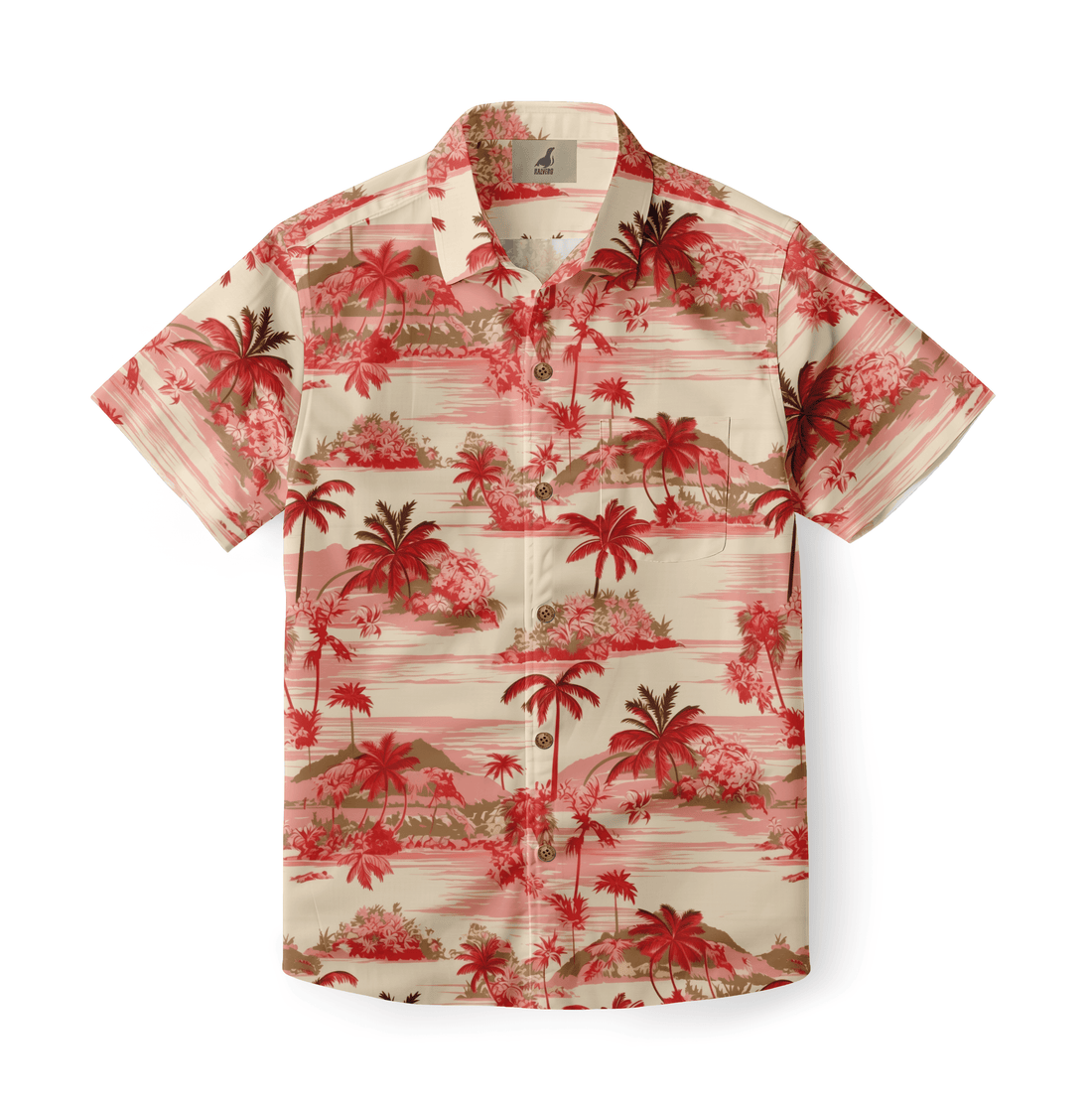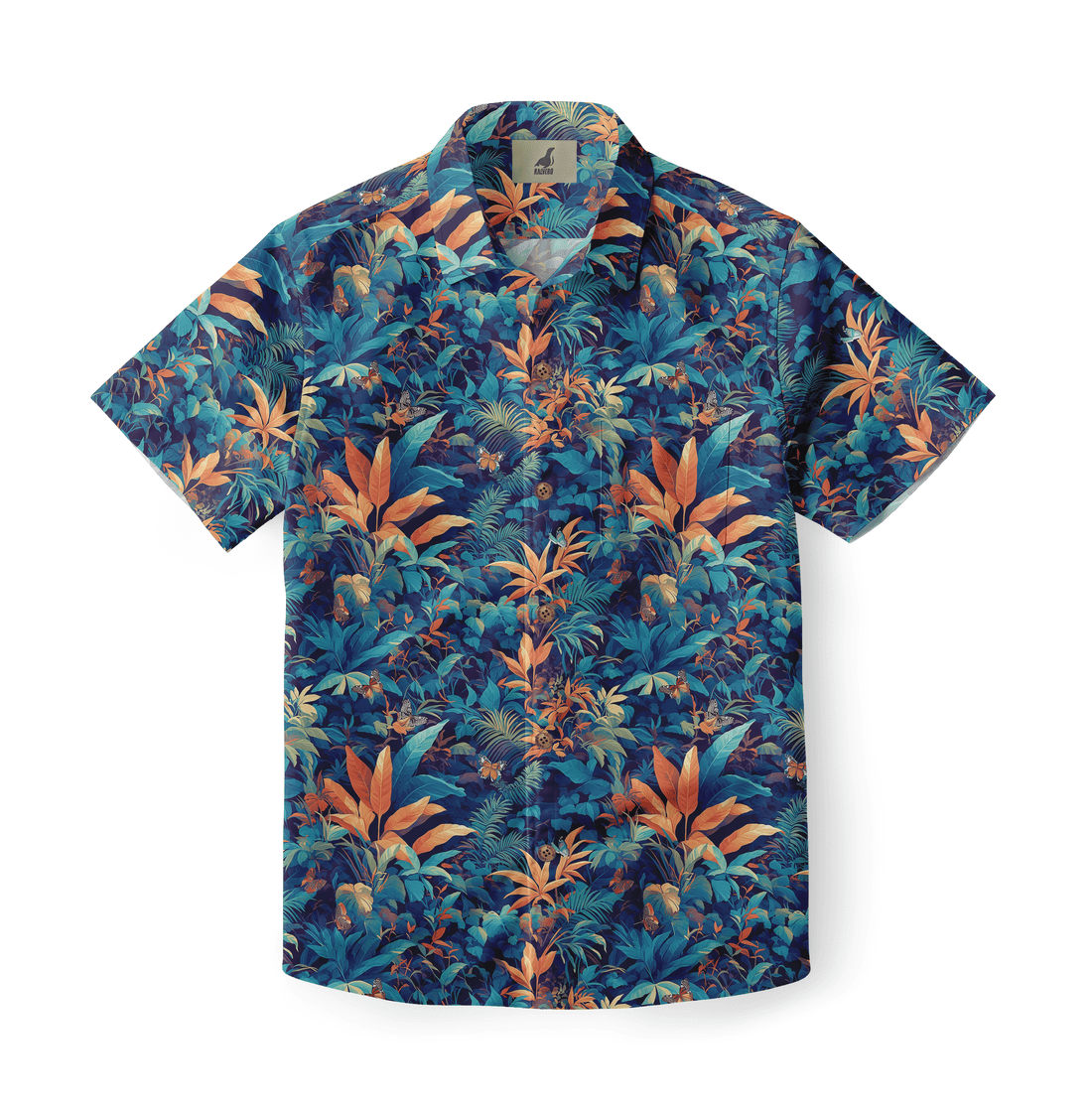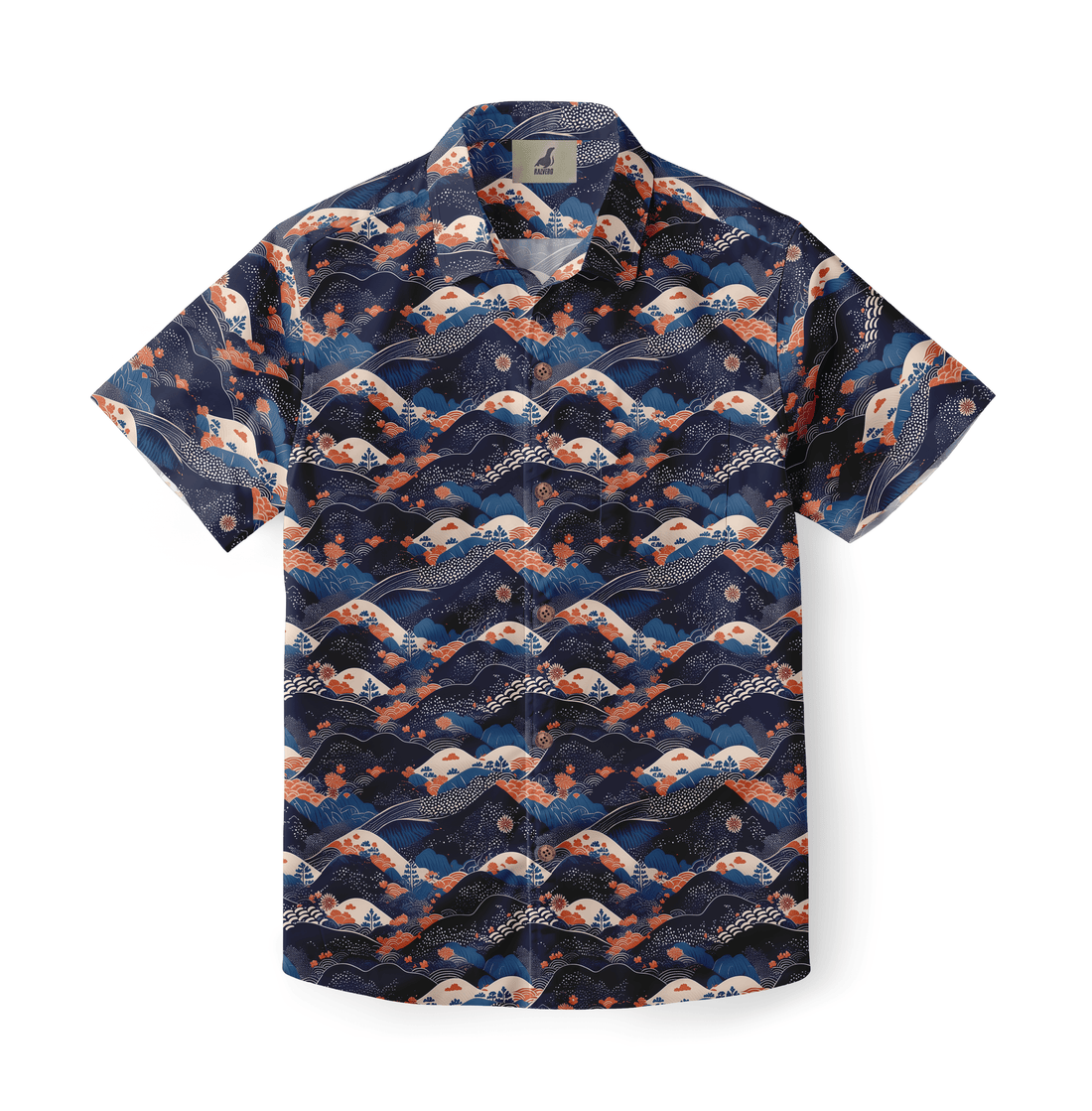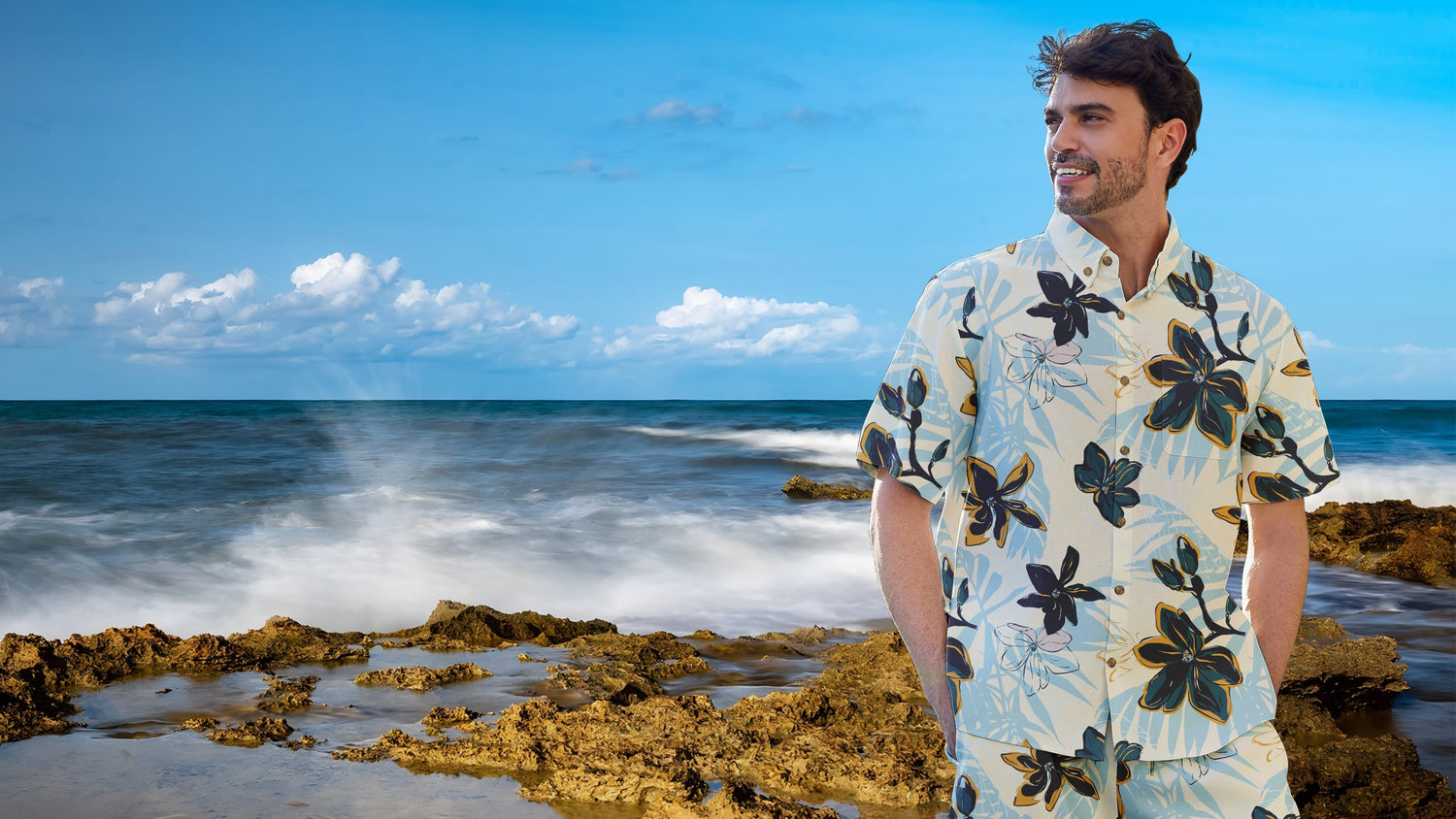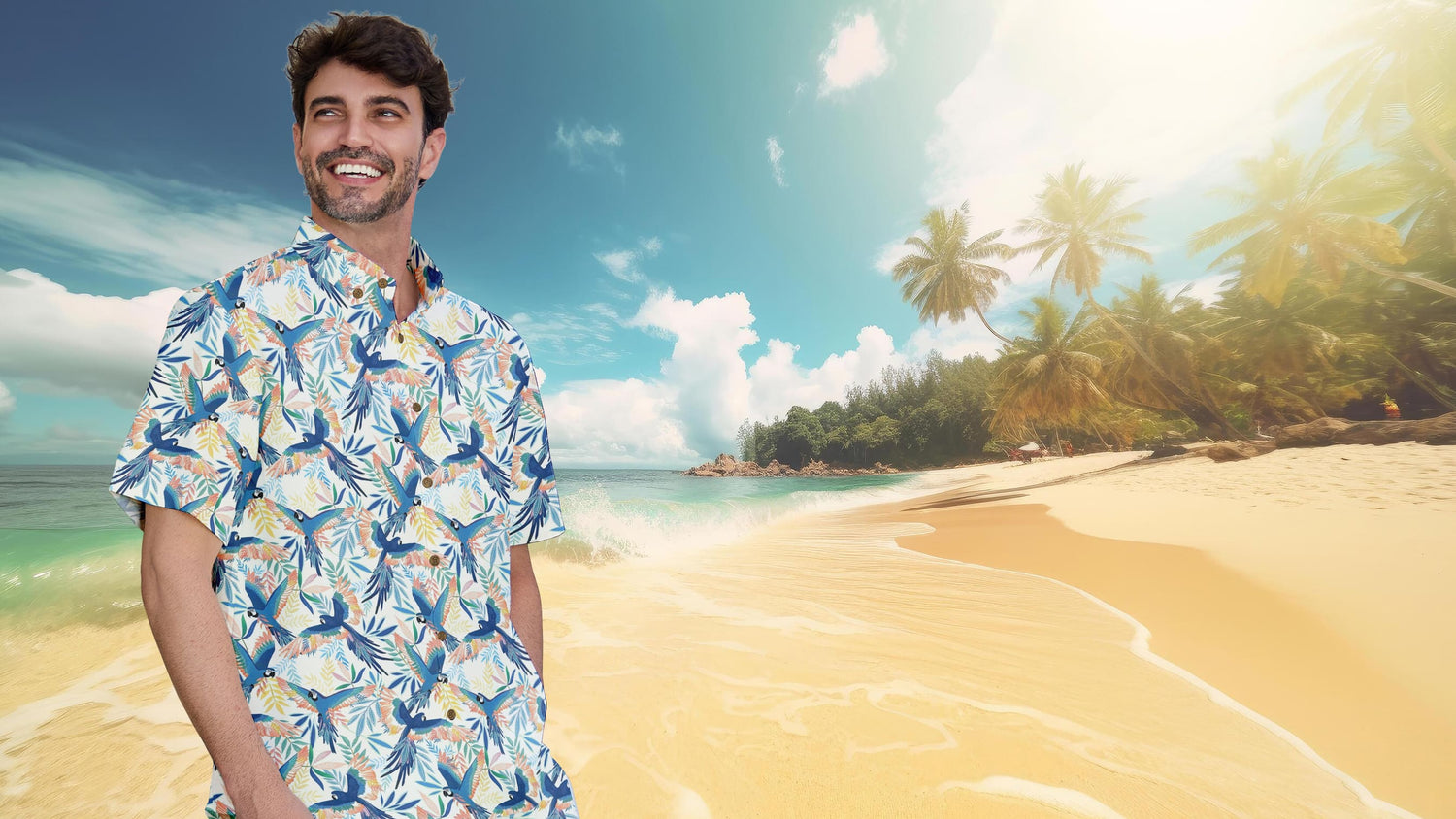When exploring the vibrant culture of Hawaii, many visitors and fashion enthusiasts often wonder: what is Hawaiian style called? The colorful shirts and flowing dresses that have become synonymous with the islands actually have a specific name deeply rooted in Hawaiian culture. These iconic garments are officially known as "Aloha wear," with the shirts specifically called "Aloha shirts" by locals and those familiar with authentic Hawaiian traditions. This naming convention reflects the spirit of the islands and carries significant cultural meaning beyond just being fashionable attire. The term "Aloha" itself embodies the welcoming, friendly attitude of Hawaiian culture, making these garments more than just clothing—they're a symbol of the islands' values and way of life. Understanding what Hawaiian style is called provides insight into the rich cultural tapestry of Hawaii and the authentic expression of island identity through fashion.
What is Hawaiian Style Called? The Origins and Cultural Significance of Aloha Wear
The question of what is Hawaiian style called takes us back to the early 20th century in Hawaii's rich multicultural history. Aloha wear emerged during the 1920s and 1930s as a unique fusion of various cultural influences that converged on the Hawaiian islands. Japanese immigrants brought kimono fabrics, Chinese settlers contributed silk materials, Filipino residents added embroidery techniques, and Western tailoring methods shaped the final form. This cultural melting pot created what locals authentically call "Aloha wear," a term that encompasses not just the famous shirts but an entire clothing style that represents Hawaii's diverse heritage. The name itself carries profound significance, as "Aloha" in Hawaiian culture represents love, peace, compassion, and a mutual understanding that connects all people regardless of background. When examining what Hawaiian style is called by those who understand its true meaning, we find that the term "Aloha wear" was deliberately chosen to embody these values rather than simply describing a geographic origin.
What is Hawaiian Style Called? Exploring the History and Evolution of the Aloha Shirt
The evolution of what is Hawaiian style called reflects a fascinating journey through fashion history. While tourists often refer to these garments as "Hawaiian shirts," locals have consistently used the term "Aloha shirts" since their commercial introduction in the 1930s. Businessman Ellery Chun is credited with first using the term "Aloha shirt" when he began selling these colorful garments from his family's dry goods store in Honolulu. The popularity of these shirts soared during the post-World War II era when returning servicemen brought these vibrant souvenirs back to the mainland United States. By the 1950s, the concept of "Aloha Friday" emerged in Hawaii's workplace culture, allowing employees to wear these comfortable shirts at the end of the workweek instead of formal business attire. This tradition eventually inspired the mainland's "Casual Friday" concept, demonstrating how Aloha wear influenced broader American fashion trends. Throughout this evolution, understanding what Hawaiian style is called by locals has remained important for appreciating its authentic cultural context rather than viewing it merely as tourist attire.
What is Hawaiian Style Called? Traditional Elements and Modern Interpretations of Hawaiian Fashion
The distinctive elements that define what is Hawaiian style called extend beyond just naming conventions to include specific design features and cultural motifs. Traditional Aloha wear incorporates natural imagery from the Hawaiian islands—tropical flowers like hibiscus and plumeria, native plants such as taro and breadfruit, and ocean themes featuring waves and sea creatures. These patterns aren't merely decorative but often tell stories connected to Hawaiian mythology and island life. The fabric choices have evolved from the early silk and rayon materials to include cotton and modern performance blends, though the loose-fitting, comfortable cut remains consistent. Contemporary designers have reimagined what Hawaiian style is called in modern fashion contexts, creating high-end interpretations that appear on international runways while still honoring the cultural roots. These modern adaptations maintain the essence of Aloha wear while introducing new color palettes, sustainable materials, and innovative printing techniques. Despite these evolutions, authentic Aloha wear continues to prioritize comfort, vibrant expression, and the cultural values embedded in its very name.
What is Hawaiian Style Called? How Aloha Wear Represents Hawaiian Identity and Values
Understanding what is Hawaiian style called goes beyond fashion terminology to reveal how these garments embody Hawaiian cultural identity. Aloha wear serves as a visual representation of Hawaii's values, with each element carefully designed to reflect the islands' spirit. When locals wear Aloha attire, they're not simply making a fashion statement but expressing their connection to Hawaiian heritage and the concept of "living Aloha." This philosophy encompasses respect for nature, community harmony, and genuine hospitality—all values woven into the fabric of authentic Aloha wear. For Hawaiians, knowing what Hawaiian style is called matters because it distinguishes culturally significant clothing from mass-produced tourist souvenirs. The Hawaiian state government officially recognizes Aloha wear as appropriate business attire, further cementing its importance in local identity. This official recognition demonstrates how deeply intertwined these garments are with Hawaiian cultural expression and daily life. Visitors who learn about the proper terminology show respect for local traditions and gain deeper appreciation for the cultural significance behind these colorful, comfortable garments that have captured worldwide attention.
Key Characteristics of Authentic Aloha Wear
- Vibrant Patterns: Authentic Aloha wear features bold, colorful patterns inspired by Hawaiian flora, fauna, and cultural symbols
- Natural Motifs: Traditional designs incorporate hibiscus flowers, palm trees, ocean waves, and other elements from Hawaii's natural environment
- Reverse Printing: High-quality Aloha shirts often use reverse printing techniques where colors appear more vibrant on the inside to prevent fading
- Coconut Buttons: Traditional Aloha shirts use natural materials like coconut or wooden buttons rather than plastic
- Comfortable Fabrics: Originally made from silk or rayon, modern Aloha wear uses breathable cotton or performance blends suited to tropical climates
- Relaxed Fit: Authentic Aloha shirts have a loose, comfortable cut designed for the warm Hawaiian climate
- Matched Pocket Patterns: Quality Aloha shirts feature pocket patterns that perfectly align with the shirt's overall design
- Cultural Storytelling: Many authentic designs tell stories related to Hawaiian history, legends, or cultural practices
What is Hawaiian Style Called? Identifying Authentic Aloha Attire
Recognizing what is Hawaiian style called requires understanding the distinctive features that separate authentic Aloha wear from imitations. When examining genuine Aloha attire, the quality of craftsmanship becomes immediately apparent through the careful attention to pattern matching and material selection. Local Hawaiian designers take pride in creating garments that honor traditional techniques while incorporating contemporary elements that keep the style relevant. Tourists often purchase mass-produced versions without realizing the cultural significance behind authentic Aloha wear. The characteristics listed above serve as a guide for those seeking to appreciate the genuine article rather than settling for superficial reproductions. Authentic Aloha wear carries the spirit of the islands in every stitch, representing a living tradition that continues to evolve while maintaining its cultural roots. For Hawaiians, these garments are not merely casual clothing but expressions of identity that connect wearers to the islands' rich heritage and communal values.
Comparison of Hawaiian Style Names Across Different Eras
|
Era
|
Common Name
|
Used By
|
Cultural Context
|
|---|---|---|---|
|
Pre-1930s
|
Palaka & Kimono-inspired garments
|
Local workers
|
Functional work clothing adapted to island climate
|
|
1930s-1940s
|
Aloha Shirts
|
Local Hawaiians
|
First commercial production and naming by Ellery Chun
|
|
1950s-1960s
|
Hawaiian Shirts
|
Mainland Americans
|
Post-WWII tourism boom and Hollywood influence
|
|
1970s-1980s
|
Aloha Attire
|
Hawaiian government
|
Official recognition in business settings via "Aloha Friday"
|
|
1990s-2000s
|
Hawaiian Fashion
|
International markets
|
Global fashion trend with varied authenticity
|
|
2010s-Present
|
Aloha Wear
|
Cultural preservationists
|
Renewed emphasis on authentic terminology and heritage
|
What is Hawaiian Style Called? How Naming Conventions Have Evolved
The evolution of what is Hawaiian style called reveals much about cultural identity and the complex relationship between Hawaii and mainland America. As the table illustrates, the terminology has shifted significantly over time, reflecting changing perceptions and cultural awareness. The transition from functional work clothing to commercially branded "Aloha shirts" marked the beginning of this style's formal recognition. While mainland Americans popularized the term "Hawaiian shirts" during the mid-century tourism boom, locals consistently preferred "Aloha wear" to emphasize the cultural values embedded in these garments. This naming distinction isn't merely semantic—it represents a reclaiming of cultural narrative and authenticity. The Hawaiian government's official recognition of Aloha attire for business settings during the 1970s further legitimized its cultural importance. Today, cultural preservationists and educated consumers increasingly use authentic terminology when discussing what Hawaiian style is called, demonstrating growing respect for indigenous naming rights and cultural heritage. This renewed emphasis on proper terminology reflects broader movements toward cultural sensitivity and authentic representation in fashion and beyond.
Frequently Asked Questions
What is the difference between Hawaiian shirts and Aloha shirts?
The main difference lies in terminology and cultural context. "Aloha shirts" is what Hawaiian style is called by locals and those familiar with Hawaiian culture, while "Hawaiian shirts" is the term more commonly used by mainland Americans and international tourists. Aloha shirts represent authentic Hawaiian cultural expression and carry deeper meaning connected to the concept of "Aloha" - encompassing love, peace, and compassion. They're recognized as appropriate business attire in Hawaii and feature specific design elements like matched patterns, quality natural materials, and culturally significant motifs. Hawaiian shirts, by contrast, often refers to mass-produced imitations that may lack the authentic craftsmanship and cultural significance of true Aloha wear.
Why is Hawaiian style clothing called Aloha wear?
Hawaiian style clothing is called Aloha wear because the term "Aloha" embodies the spirit and values of Hawaiian culture. The word represents more than just a greeting—it encompasses love, peace, compassion, and a philosophy of living in harmony with others and nature. When businessman Ellery Chun first commercially marketed these garments in the 1930s, he deliberately chose the name "Aloha shirts" to connect the clothing with these cultural values rather than simply indicating geographic origin. Over time, the term expanded to include the entire clothing style, becoming "Aloha wear." This naming convention honors the deeper cultural significance of the garments and distinguishes authentic Hawaiian fashion from tourist souvenirs or imitations.
When did Hawaiian style clothing become popular worldwide?
Hawaiian style clothing gained international popularity primarily after World War II, when American servicemen stationed in Hawaii returned to the mainland with Aloha shirts as souvenirs. This initial exposure was amplified in the 1950s and 1960s through Hollywood films and celebrities who embraced the colorful, casual aesthetic. Elvis Presley's "Blue Hawaii" and the growing tiki culture further cemented Aloha wear in popular culture. The concept of "Aloha Friday" in Hawaiian workplaces during the 1960s eventually inspired the mainland's "Casual Friday" tradition, spreading the style into professional settings. In recent decades, high-fashion designers have reinterpreted Aloha wear for international runways, while a renewed interest in authentic cultural expressions has brought attention back to traditional Hawaiian designs and proper terminology.



